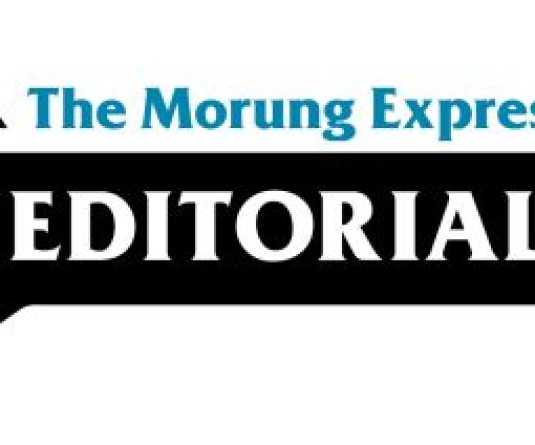
In a creditable feat, the Nagaland University (NU) was ranked 95th on the list of India’s 200 top universities in the third edition of National Institutional Ranking Framework (NIRF) 2018. A total of 301 universities participated in the process. It did not feature on the previous two occasions.
Even more commendable was a statement by a top honcho of the University thereafter that it will strive for top 50 slot in the next ranking. Decidedly, there is sincere clarity of intention. Five other institutions from Nagaland participated in the ‘College’ and Engineering’ category, but none made the cut in top 200.
The NIRF ranking, introduced by the Ministry of Human Resource Development (MHRD) in 2015, outlines broad parameters for ranking various universities and institutions covering – Teaching, Learning & Resources; Research and Professional Practice; Graduation Outcomes; Outreach and Inclusivity, and Perception.
Claimed as ‘the most authentic ranking system of the country,’ the NIRF’s primary objective is to recognise deficiencies and enable healthy competition to ensure quality and holistic development of campuses across India.
A deeper inquiry into ranking would show that the NU scored well in quantitative parameters while faltering in qualitative aspects.
For instance, in ‘Teaching, Learning & Resources,’ which among others, measure student strength and faculty-student ratio, NU was highly placed – at 37th position. Ditto for ‘Graduation Outcomes’ where the university was ranked 74th. The two parameters take 50% of the total points used in the ranking.
The performance in “Outreach and Inclusivity” which looks at the diversity of region, gender and other related attributes, the NU scored an average and was placed at 155th position.
However, in qualitative parameters like ‘Research and Professional Practice’ and ‘Perception,’ the NU scored lowly at 239th and 167th positions obtaining measly 1.16 and 0.41 percent respectively out of 100 points. The former measures publications, and its quality; IPR and patents rights – filed, Published, Granted and Licensed (IPR) etc and the latter, among others, deals with peer perception of employers and research investors, academics and the public.
The ranking, thus, is a clear call to shift from ‘output based education’ to an ‘outcome-based education.’ This would enable in filling the gap between various theories and praxis one learns in the educational system and enabling proactive and inquisitive minds who engage meaningfully with the society.
Such engagement and vibrancy, however, are sorely missing in NU. It applies to the faculties as well as the students, who limit their interactions mainly with their immediate concerns or within their clique.
Take the case of ‘engagement’ of the faculties. Barring few, it is negligible at best – their informed intervention on various issues affecting the state of affairs, markedly rare, especially on mainstream media. At another level, most of the students’ engagements are limited to their own concerns.
Does it imply that they are reluctant to question existing narratives or shake-up the hierarchal status quo, thereby imperilling their own position? Are they immune to the unfolding situation or tacitly closet supporters to “power that be,” for the sake of their own security?
The university should be a fountain that engenders inquisitive and conscientious interpretation of different issues and mainstream narratives. It should be a place where one’s worldview opens up to different possibilities and in essence teaches that it is right to question, debate and offer alternatives to grand narratives and no single theory is applicable to all human circumstances.
Along with the clarity of intention, to kick-start the holistic and qualitative learning process, the NU should also strive to be a fulcrum of new ideas where both students and faculties are not mere degree seekers or job holders but are value-based conscientious citizens engaging meaningfully with the society at large.




